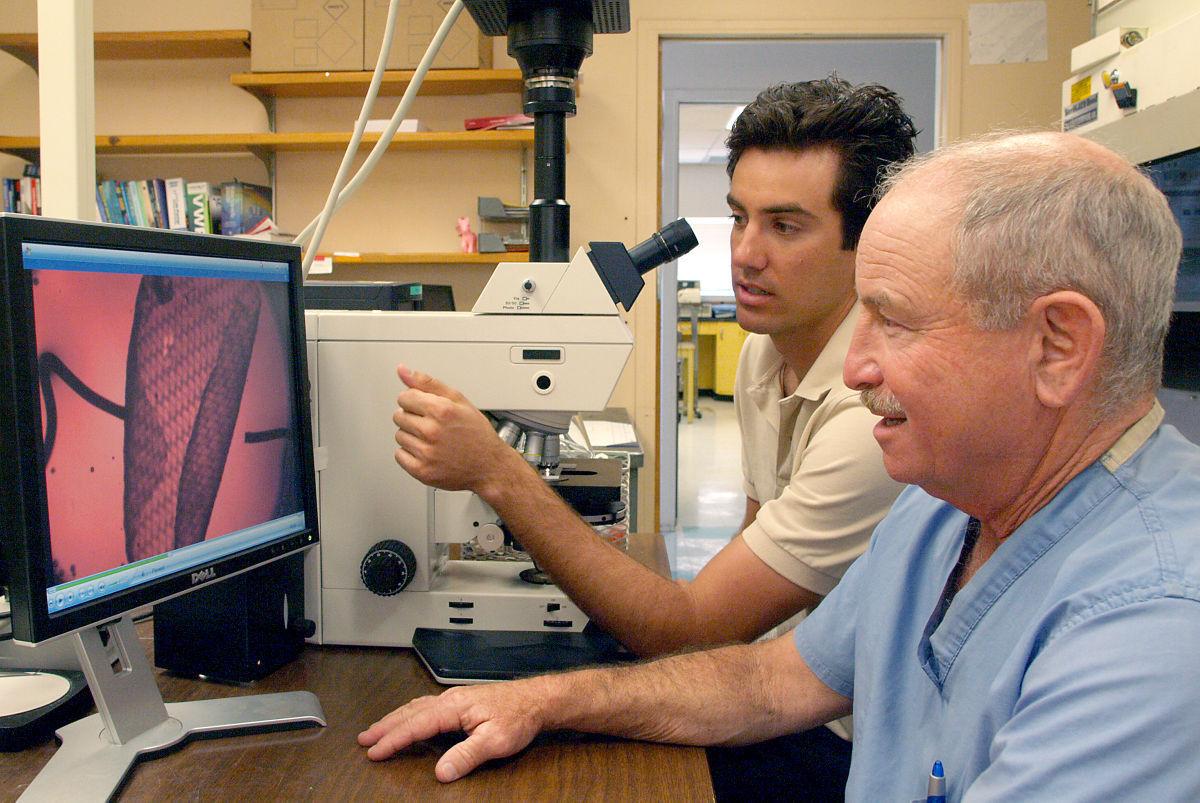The University of Arizona’s efforts to bring inventions to market are lagging behind its peers but where it is not falling short is in its ability to do more with less, national data shows.
The UA ranked 38th among U.S. universities in total research spending at $606.2 million in fiscal year 2015, a drop from 2014 when it ranked 30th, according to a Star analysis of data from the Association of University Technology Managers.
While the association doesn’t rank schools overall, it does evaluate performance in specific areas, ranking UA No. 18 in exclusive licenses and options issued, 56th for gross licensing income of $3.9 million and 43rd in new patent applications.
The UA tied for 21st in number of startup companies formed with 12 — up one from fiscal 2014.
The university’s own analysis of data compared with 11 peer institutions showed the school surpassed its peers’ averages in startup companies, licenses per invention and improved to nearly match the peer average in exclusive licenses and options.
The UA still is behind its peers in several key areas, including research spending, patent filings and income, but the school improved from 2014 in several technology-transfer measures.
The head of Tech Launch Arizona, the UA’s tech-transfer arm, said results have steadily improved since the cabinet-level organization was formed in 2012. The agency has added staff, launched a proof-of-concept program and hired mentors-in-residence to help faculty entrepreneurs.
Though there’s plenty of room for improvement, the UA does more with fewer resources, Tech Launch Vice President David Allen said.
With a little more than half the average staff of its peers — at about 15 full-time-equivalent employees — and less than half the spending on patents and other intellectual property, the UA still punches above its weight, Allen said.
“Essentially, we have a smaller operation, with fewer people and intellectual property resources, normalized relative to research budgets, and we do above average compared with our peers,” he said.
The UA has fewer staffers per $10 million of research spending, and Tech Launch staffers handles more exclusive licenses, on average.
In fiscal 2015, the UA more than tripled its gross license income of $1.1 million in 2014.
Allen said the $3.9 million in licensing revenue the UA counted in 2015 included $2.5 million shared with Colorado state as the UAs part of a settlement of a patent-infringement lawsuit won by a licensee of a veterinary drug owned partly by the UA.
The UA is continuing to drive the patents that form the basis for licensing deals, Allen said.
Allen said Tech Launch “looks hard” at each invention disclosure and files for provisional patents on about 60 percent of inventions, eventually filing for utility patents on about 60 percent of those provisional prospects.
“We’re putting a lot of technologies into our portfolio and it’s starting to pay off really well,” he said.
The peer institutions the UA analyzed include most of the schools established as peers by the Arizona Board of Regents for performance comparisons.
The University of California system, the University of Maryland-College Park and the University of Texas-Austin, are not included because they don’t break out data by campus.
The 11 peer schools included in the UA’s analysis are the University of Florida, the University of Illinois Urbana-Champaign, the University of Iowa, Michigan State University, Ohio State University, the University of North Carolina, Penn State, Texas A&M, the University of Minnesota, the University of Washington and the University of Wisconsin.
In fiscal 2015, Arizona State University ranked 44th in research spending at $458.4 million; 28th in patents issued. ASU tied for 21st with 12 startup companies and had gross licensing income of $1.4 million.





